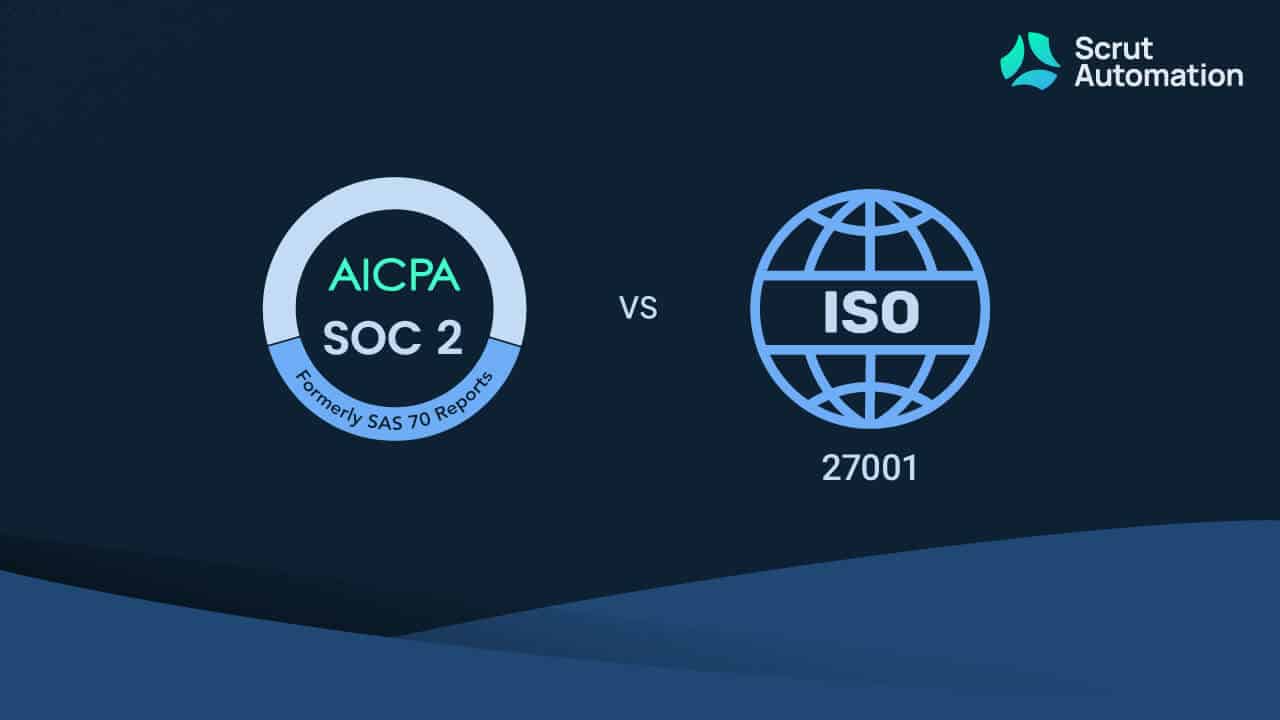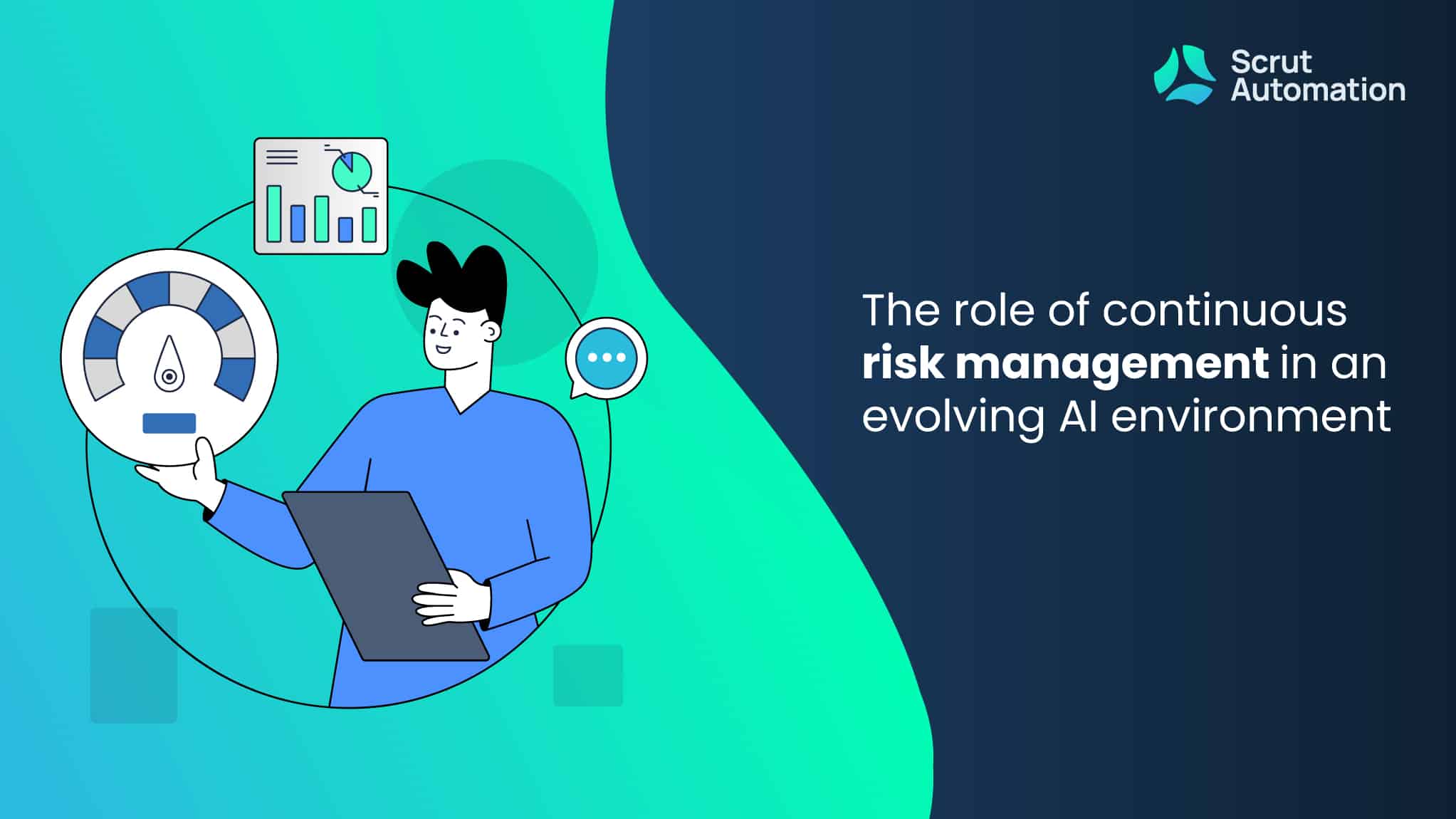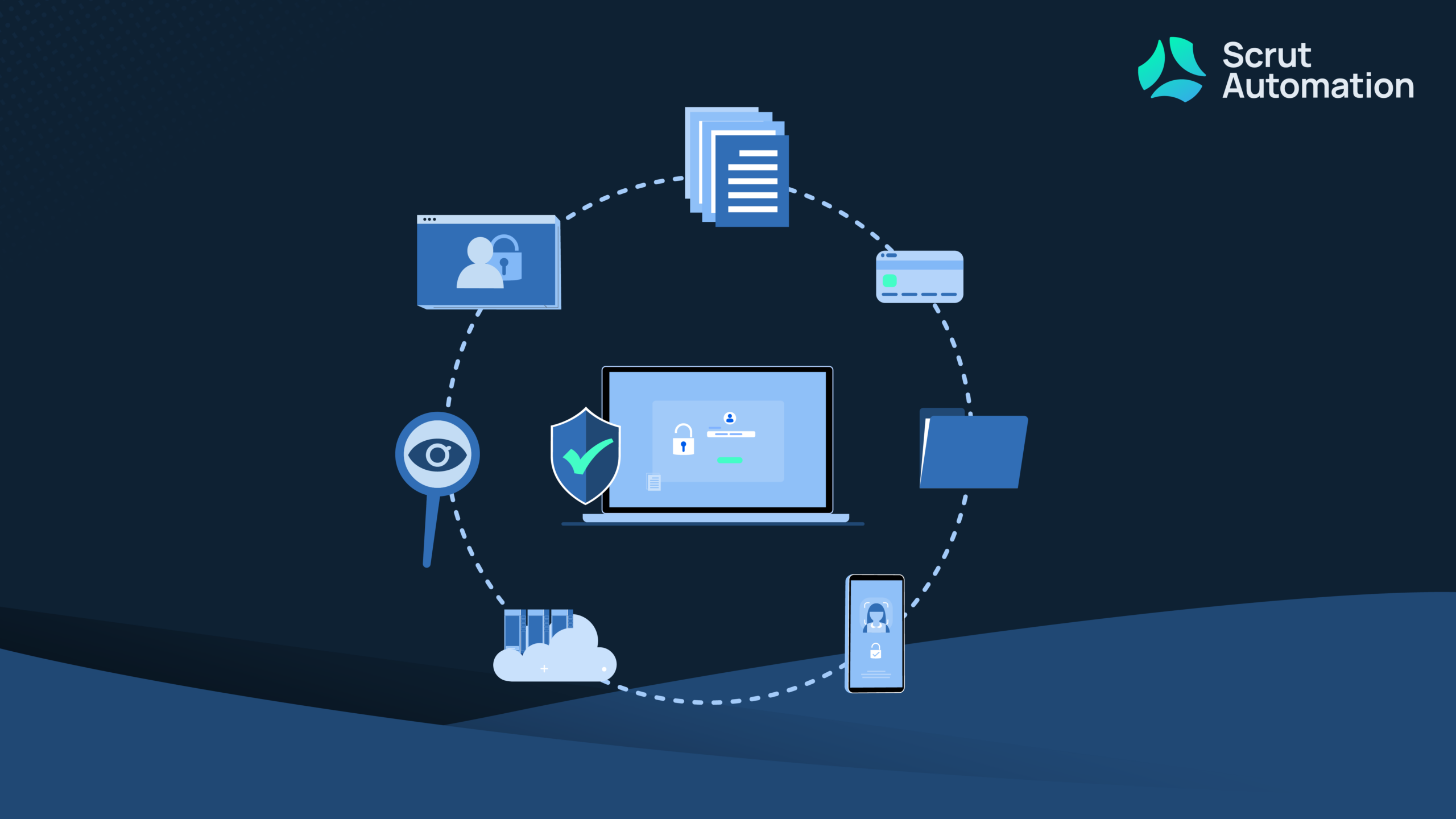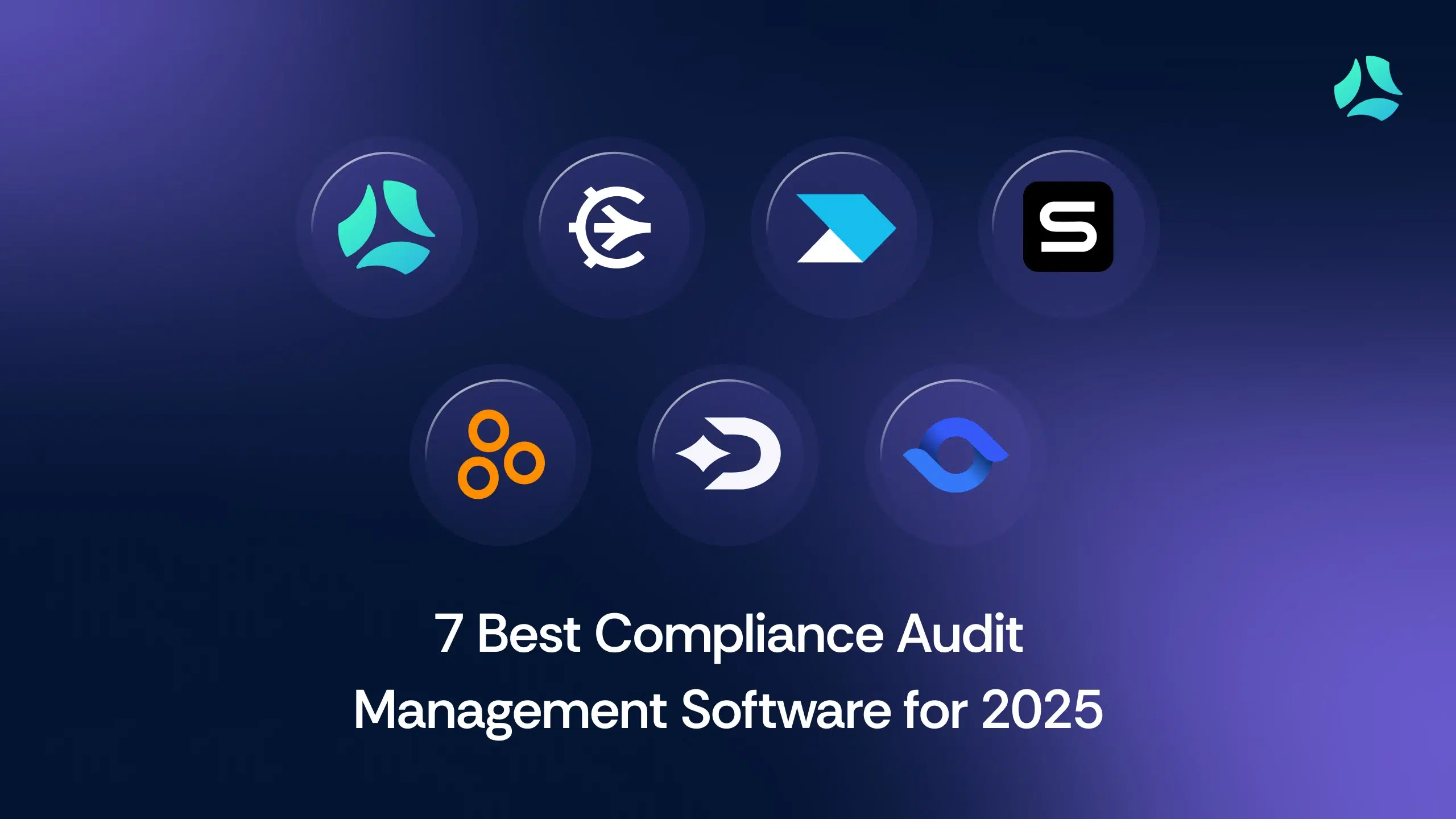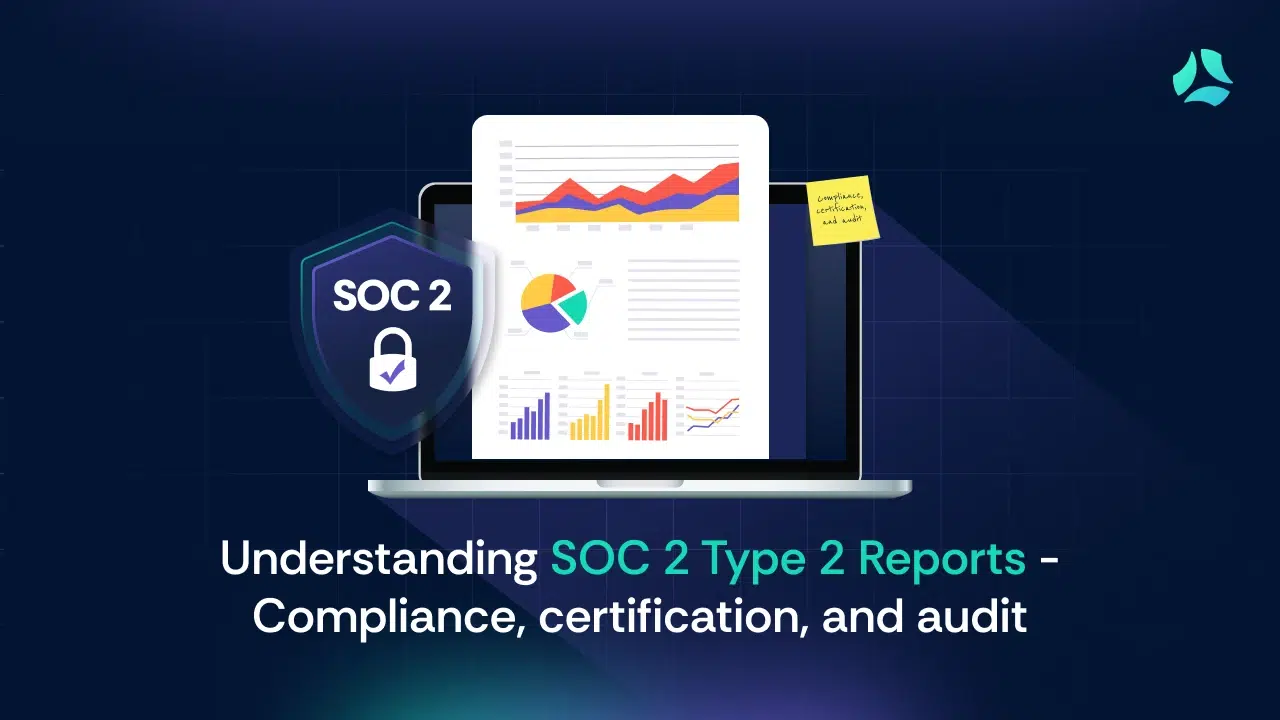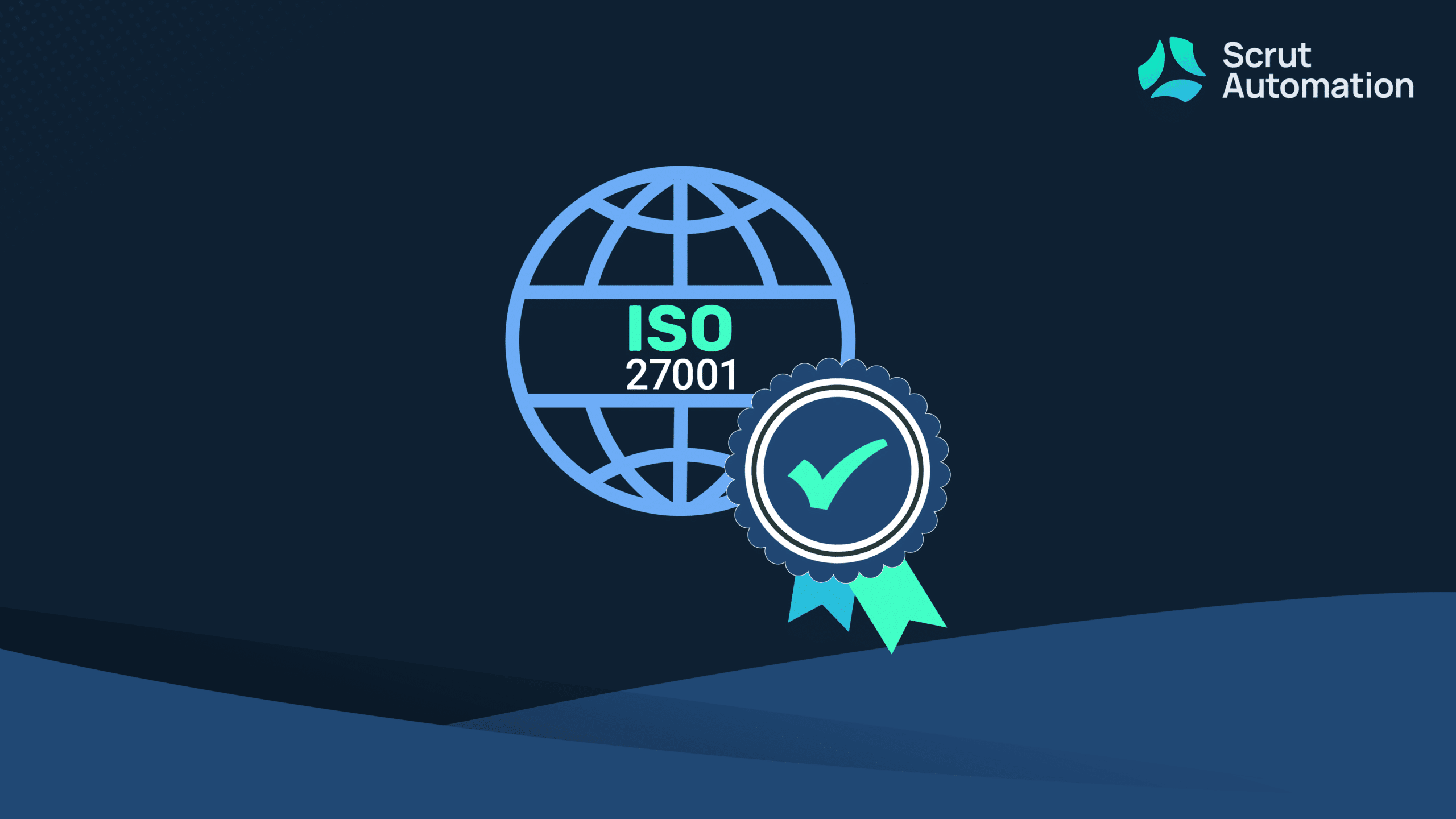Pursuing and getting compliant with a proven security control framework is very critical in today’s world. With the rise of global cyber security threats, there has been a substantial increase in data breaches, which has subsequently led customers to lose trust in many companies.
If your company deals in sensitive information or any data collection, then compliance with a widely accepted framework will benefit you immensely. Two of the most valued information security control frameworks are SOC 2 and ISO 27001. In this article, we will study both of these frameworks separately and compare them to see what sets them apart.
What is SOC 2?
System and Organization Controls (SOC) 2 is a security control framework developed and introduced by the American Institute of Certified Public Accountants (AICPA). It aims to provide set controls to manage information security across processes, systems, and tools for a company. These are anchored on how an organization handles customers’ data.
SOC 2 audit tests a company for the operational effectiveness of the established security processes, systems, and controls. It determines how secure and safe they are based on the five trust principles: security, availability, processing integrity, confidentiality, and privacy.
Once you’ve successfully completed a SOC 2 audit, you will receive a SOC 2 report which covers the auditor’s point of view on whether your company meets the control requirements across the relevant trust criteria.

What is ISO 27001?
ISO 27001 is an internationally accepted information security standard. It aims to guide an organization, irrespective of its size, industry, or geography, in protecting its data in a systematic way, through the adoption of an Information Security Management System (ISMS). Depending on the scope outlines, the ISMS can focus on a part of or the entirety of an organization’s operations.
ISO 27001 aims to protect sensitive information through 3 core principles: confidentiality, integrity, and availability.
Once an ISO 27001 audit is successfully completed, the organization receives a certificate that outlines the specific requirements that were met. The certificate is valid for 3 years, however annual surveillance audits are needed in the second and third years. Recertification is required every 3 years to maintain compliance.
SOC 2 vs ISO 27001: What’s the Difference?
Both SOC 2 and ISO 27001 can be leveraged to demonstrate to customers that you can be trusted with their data. Both SOC 2 and ISO 27001 are time-consuming, resource-intensive, and expensive, hence it is important to weigh the pros and cons of each before opting for one.
Here’s a table summarizing the important determinants of both the security frameworks for you.
| Variables | SOC 2 | ISO 27001 |
| Nature of compliance | Audit Framework | Certification |
| Geographical preference | US-based (North America) | International |
| Time to complete | 6-12 months | 6-24 months |
| Average audit cost | $10-60K | $20-70K |
| Subject matter | Type I assesses the design of controls at a specified date and Type II measures the effectiveness of the controls over a period of time | It assesses the design (Stage 1) and operating effectiveness (Stage 2) of the ISMS or information security management system at a point in time |
| Compliance focus areas | 5 Trust Services Criteria : Security (Mandatory), Availability, Confidentiality, Processing Integrity, Privacy | CIA Triad: Confidentiality, Integrity and Availability (All mandatory) |
| Control requirements | 80-100 controls only for the common criteria (security), increasing depending on the TSCs chosen for the audit | 80-100 controls only for the common criteria (security), increasing depending on the TSCs chosen for the audit |
| Accreditation body | AICPA also known as the American Institute Of Certified Public Accountants | ANAB or ANSI- ASQ National Accreditation Board |
| Audit result | SOC 2 attestation report | ISO report and certification |
| Renewal duration (Expiration) | Annual renewal | Recertification every 3 years, with recommended annual surveillance audits in between |
1. Target market
The geographical location of your target customers is an essential parameter to consider while deciding which framework will be the most effective and ideal. SOC 2 is single-handedly the most used and relied upon infosec standard for assessing vendors for information security controls in the United States. However, it is not very well recognized as much outside of the United States.
If your target customers reside primarily outside of the United States, ISO 27001 is going to be a more relevant standard, ISO 27001 has become the industry standard framework for organizations across the globe.
2. Assessor requirements
Only a Licensed Certified Public Accountant (CPA) has the authority to issue a SOC 2 report. On the other hand, an ISO 27001-accredited registrar is required to perform the audit and award the organization with an ISO 27001 certification. Unlike SOC 2, t is mandatory to meet all the set requirements before the certification is issued to you, while for SOC 2, there is no certification, only a report that consists of the auditor’s opinion.
3. Flexibility
SOC 2 is anchored on 5 Trust Services Criteria (TSC) – security, availability, processing integrity, confidentiality, and privacy. Companies have the flexibility to choose which Trust Service Criteria to get audited for – and they can choose one or more of the TSCs depending on which is the most relevant for them. It is important to note that amongst these TSCs, Security is mandatory, and each company will have to be audited for security as part of its SOC 2 audit.
ISO 27001 has 7 requirements across 114 prescribed controls, spanning firewalls, encryption, physical access controls, infosec policies, and more. It is mandatory to meet all the set requirements for the certificate to be issued.
4. Auditor cost
The auditor cost can vary depending on the credentials and experience of an auditor as well as the outlined scope. However, ISO 27001 audits are known to cost significantly more than SOC 2, as ISO 27001 requires a higher degree of documentation to prove compliance.
An organization can receive a substantial discount if it decides to opt for both audits through a single auditor.
5. Audit timeline
ISO 27001 audits typically are longer than SOC 2 audits. A SOC 2 Type I audit can take 4-6 months and Type II audit can take 6-12 months (including 2-4 months of audit preparation).
For an ISO 27001 certification, audit readiness requires 4 months on average. It takes additional 6 months on average to complete Stage 1 and Stage 2 audits
6. Report type
Though both standards require an external audit, the end result is very different. Upon successfully completing an ISO 27001 audit, the auditor issues a certificate of compliance that confirms that the organization meets the (ISO) requirements for protecting information and managing risk.
On the other hand, at the end of a SOC 2 audit, the auditor will provide a SOC 2 attestation report, which covers the auditor’s opinion on the sufficiency and efficiency of the organization’s security controls to satisfy the relevant Trust Services Criteria.
7. Penetration testing requirements
ISO 27001 audits require that penetration testing be done as a part of certification. SOC 2 audits, on the other hand, have more flexibility on the topic. For the Type I audit, you don’t require penetration testing, but for the Type II audits, you may be demanded as a part of the procedure.
Penetration testing requirements vary widely based on the auditor, the needs of the intended customer, and the nature of the environment.
8. Renewal procedure or recertification
Both the frameworks require regular renewals to remain compliant. ISO 27001 requires recertification once every three years, with annual surveillance audits in between. On the other hand, SOC 2 reports need to be renewed annually
Which is better for your company: SOC 2 or ISO 27001?
Both ISO 27001 and SOC 2 frameworks are industry-standard security frameworks that will fortify customer trust in your organization’s infosec posture. The critical parameter for deciding between SOC 2 and ISO 27001 boils down to what your customers expect and require. Many companies outside of the United States will accept a SOC 2 report. Similarly, a lot of companies in the United States will accept an ISO 27001 certification. You should also consider the scope of controls, cost, and project timelines.
As your company scales, it is highly likely that you will need to undergo both audits to comply with the needs of your target customers. The great news is that according to the AICPA-developed mapping spreadsheet of SOC 2 vs ISO 27001 controls, there’s almost an 80% overlap between SOC 2 and ISO 27001 criteria.
As such, many organizations opt for getting audited for both SOC 2 and ISO 27001 together – given most of the controls are similar. This can reduce the cumulative effort the organization has to spend, as well as the corresponding auditor costs.
Frequently Asked Questions (FAQs)
The target market is a deciding factor for which out of ISO 27001 and SOC 2 frameworks you go for. Getting SOC 2 report will imply you are working with US companies since it is more accepted in North America, while ISO 27001 excels internationally.
While SOC can take up to 12 months for the final SOC 2 report to be issued, ISO 27001 is a little longer compared to it and can take almost 24 months to complete certification.
Yes, both ISO 27001 and SOC 2 are security control frameworks and overlap with their aims and objectives, yet they have differences that set them apart.
Start your compliance process with us!
Scrut Automation is an innovative and radically simple governance, risk, and compliance automation platform for growing startups and mid-market enterprises. With Scrut, compliance teams can reduce ~70% of their manual effort in continuously maintaining compliance towards SOC 2, ISO 27001, GDPR, PCI DSS, HIPAA, and CCPA. Schedule your demo today to see how it works.

